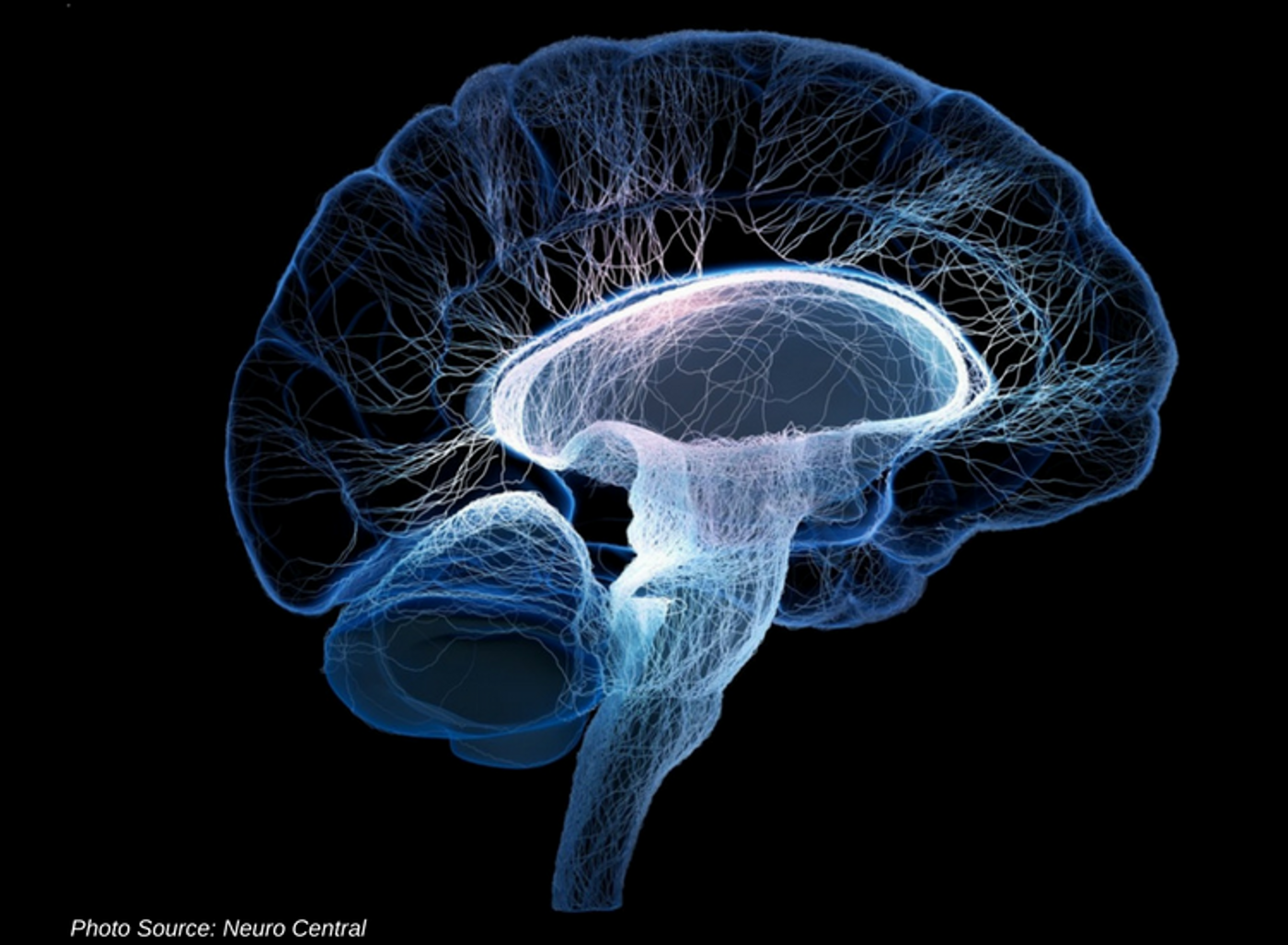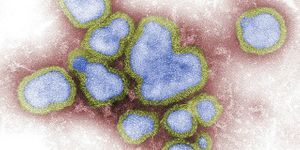Schizophrenia and Endocannabinoid System Development/Expression in Mice
Schizophrenia is a debilitating mental disorder that is believed to manifest itself based on predisposing genetic changes and environmental factors. The authors of a study published in Frontiers in Psychiatry (2018) write that cannabis, “…can increase the risk of developing schizophrenia, and usage rates are elevated in individuals who carry genetic risk alleles for the disorder.” This has been documented in the literature, as has the identification of the single-nucleotide polymorphism in the neuregulin 1 (NRG1) gene that is associated with both cannabis sensitivity and is a susceptibility gene for schizophrenia. Endocannabinoid System (ES) changes have also been found in the prefrontal cortex of patients with schizophrenia so a group in Australia sought to investigate the early development of the ES in mice to determine if that development was altered in mice with NRG1 mutations.
Chesworth, Long, Weickert, and Karl published results of their research in February 2018 which examined development of the ES though mRNA expression analysis and determine if there were changes in the mouse endocannabinoid signaling system through early development (measured 8 times postnatally starting at day 7 and ending on day 161). The researchers quantitatively measured mRNA levels of cannabinoid receptor 1 (CB1R) and enzymes involved in the metabolism and degradation of 2-arachidonylglycerol (2-AG) in two regions of the brain known to be connected to schizophrenia, the prelimbic cortex and hippocampus). Interestingly, the group found no difference between male and female mice in levels of expression so pooled their data.
The results showed that there was no difference in ES development based on mRNA expression between the NRG1 mutant mice and control mice. The hippocampus expressed mRNA differently than the prelimbic cortex. The enzymes and CB1R expression analysis showed differences in expression timing through the developmental timeline and location of measurement. The expression changes over time align with known mRNA expression profiles in humans including a reduction in MGLL mRNA expression consistent in the time period after puberty in humans. The significance of this is the potential to suggest that these mRNA expression development patterns in mice models may be similar to humans including those individuals who have the NRG1 mutation and may develop schizophrenia later in life.
The research suggests that ES development reaches its peak earlier in the hippocampus with a longer period of change in the prelimbic cortex. The authors postulated, “…the role of the endocannabinoid system in the stabilization of cortical excitatory synapses, the balancing excitatory and inhibitory neurotransmission, and strengthening or elimination of excitatory cortical synapses during adolescence support the extended maturation of this system in the prelimbic cortex compared to the hippocampus.” In fact, this developmental period in the mouse model corresponds to the adolescent period in humans; this group postulates that this developmental period may be expressly susceptible to disruption by early cannabinoid exposures (cannabis use) thus contributing to the observed evidence of cannabinoid-induced psychosis.
Sources: Frontiers in Psychiatry









